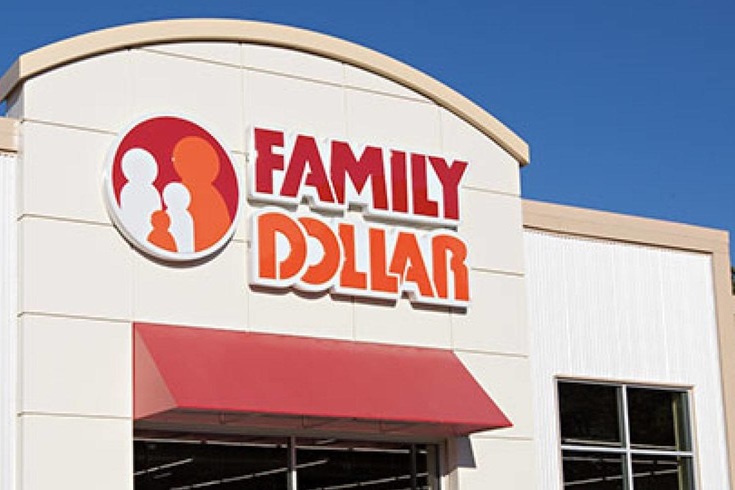
More Online Clothing Outlets Adopting No Return Policies
Shoppers in today’s retail market are still adapting to life post the end of unlimited online returns. During the Covid-19 lockdowns, both online shopping and online returns increased rapidly as millions were forced to stay home.
When things returned to normal in 2022, clothing retailers introduced more non-returnable items to their shelves, in response to the decline of pandemic-related shopping and in conjunction with the excessive amount of returns and unsold inventory.
Now, Non-refundable products are popping up more and more across the retail sector. One second-hand outlet reported more than a 60% increase in items with new tags, many featuring the word “final sale” on them. The word final sale usually means that once purchased the sale is final and can’t be returned.
As this is a relatively new phenomenon in the retail world, customers are having a difficult time getting used to the change. Some are even still unaware of the change and are continuing to buy goods as normal, and even see online final-sale items as a good deal.
However, when they don’t like the fit or have a change of heart about the colour for example, they are now stuck with their purchases, resulting in the frustration of ‘buyer’s remorse’ and are most likely sent to the donation pile.
Both reduced and clearance racks have always been filled with items that are ‘non-returnable’, which the retailer is looking to get rid of. Where today’s final sale offers differ is that the garments are from the current season. Their purpose is to make customers interested in an item without having to offer a further discount.
Second-hand websites such as Poshmark and Vestiaire Collective are reporting a substantial increase in people posting their unwanted sale items for purchase on their websites. According to the sites, women’s shoes and cocktail dresses sell quickly, as do designer jeans, however, it can still take customers some time for any kind of reimbursement on the money they spent on sale items.
Another online retailer, AYR, known for selling denim, also added a final-sale segment to its website recently. This 40% off section allows the New York-based company to offload discontinued colours and clothing styles from their excess inventory quicker. In some cases, jeans that retailed at $245 were reduced to $145.
According to the research of the National Retail Federation, overall in 2022, an estimated 16.5% of all retail items sold were later returned. To combat this, experts are suggesting that those who buy ‘final sale’ items to be aware of what they’re buying and to stick with brands they are familiar with.
Another suggestion that has been put forth is to buy one size up and then take the items to a tailor and have them fitted to your specific measurements. Buying final sale clothing on discount that are too long or too large, leaves room in your budget for alterations and is statistically still cheaper than buying the item at its original price.
Studies show that pursuing this tailoring method results in at least 4/5 items ending up in a good fit, and up until relatively recently, was something that the vast majority of the public did.
Casting off the clothing to a close friend or family member is another satisfying option, albeit not a financially rewarding one. Psychologically, this option has been proven to help people feel that their purchase wasn’t a total waste and helps regain some emotional value despite the financial loss.
Slowly but surely, consumers are starting to learn to adapt to the final-sales no-return model. Some stores are also adapting and, to save face with shoppers are, in some cases, allowing for in-store credit or the ability to swap for a different size. So, it might be worth your time to try returning an unwanted final-sale item in-store and see if they will accommodate you and make an exception.

More Online Clothing Outlets Adopting No Return Policies
Shoppers in today’s retail market are still adapting to life post the end of unlimited online returns. During the Covid-19 lockdowns, both online shopping and online returns increased rapidly as millions were forced to stay home.
When things returned to normal in 2022, clothing retailers introduced more non-returnable items to their shelves, in response to the decline of pandemic-related shopping and in conjunction with the excessive amount of returns and unsold inventory.
Now, Non-refundable products are popping up more and more across the retail sector. One second-hand outlet reported more than a 60% increase in items with new tags, many featuring the word “final sale” on them. The word final sale usually means that once purchased the sale is final and can’t be returned.
As this is a relatively new phenomenon in the retail world, customers are having a difficult time getting used to the change. Some are even still unaware of the change and are continuing to buy goods as normal, and even see online final-sale items as a good deal.
However, when they don’t like the fit or have a change of heart about the colour for example, they are now stuck with their purchases, resulting in the frustration of ‘buyer’s remorse’ and are most likely sent to the donation pile.
Both reduced and clearance racks have always been filled with items that are ‘non-returnable’, which the retailer is looking to get rid of. Where today’s final sale offers differ is that the garments are from the current season. Their purpose is to make customers interested in an item without having to offer a further discount.
Second-hand websites such as Poshmark and Vestiaire Collective are reporting a substantial increase in people posting their unwanted sale items for purchase on their websites. According to the sites, women’s shoes and cocktail dresses sell quickly, as do designer jeans, however, it can still take customers some time for any kind of reimbursement on the money they spent on sale items.
Another online retailer, AYR, known for selling denim, also added a final-sale segment to its website recently. This 40% off section allows the New York-based company to offload discontinued colours and clothing styles from their excess inventory quicker. In some cases, jeans that retailed at $245 were reduced to $145.
According to the research of the National Retail Federation, overall in 2022, an estimated 16.5% of all retail items sold were later returned. To combat this, experts are suggesting that those who buy ‘final sale’ items to be aware of what they’re buying and to stick with brands they are familiar with.
Another suggestion that has been put forth is to buy one size up and then take the items to a tailor and have them fitted to your specific measurements. Buying final sale clothing on discount that are too long or too large, leaves room in your budget for alterations and is statistically still cheaper than buying the item at its original price.
Studies show that pursuing this tailoring method results in at least 4/5 items ending up in a good fit, and up until relatively recently, was something that the vast majority of the public did.
Casting off the clothing to a close friend or family member is another satisfying option, albeit not a financially rewarding one. Psychologically, this option has been proven to help people feel that their purchase wasn’t a total waste and helps regain some emotional value despite the financial loss.
Slowly but surely, consumers are starting to learn to adapt to the final-sales no-return model. Some stores are also adapting and, to save face with shoppers are, in some cases, allowing for in-store credit or the ability to swap for a different size. So, it might be worth your time to try returning an unwanted final-sale item in-store and see if they will accommodate you and make an exception.



